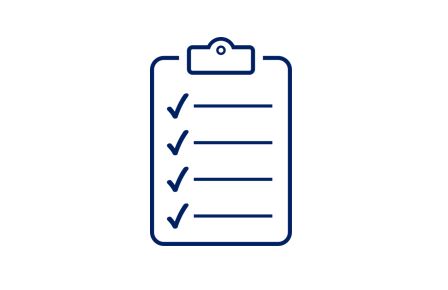
Work package 1: Project management
…as the project has to be coordinated.
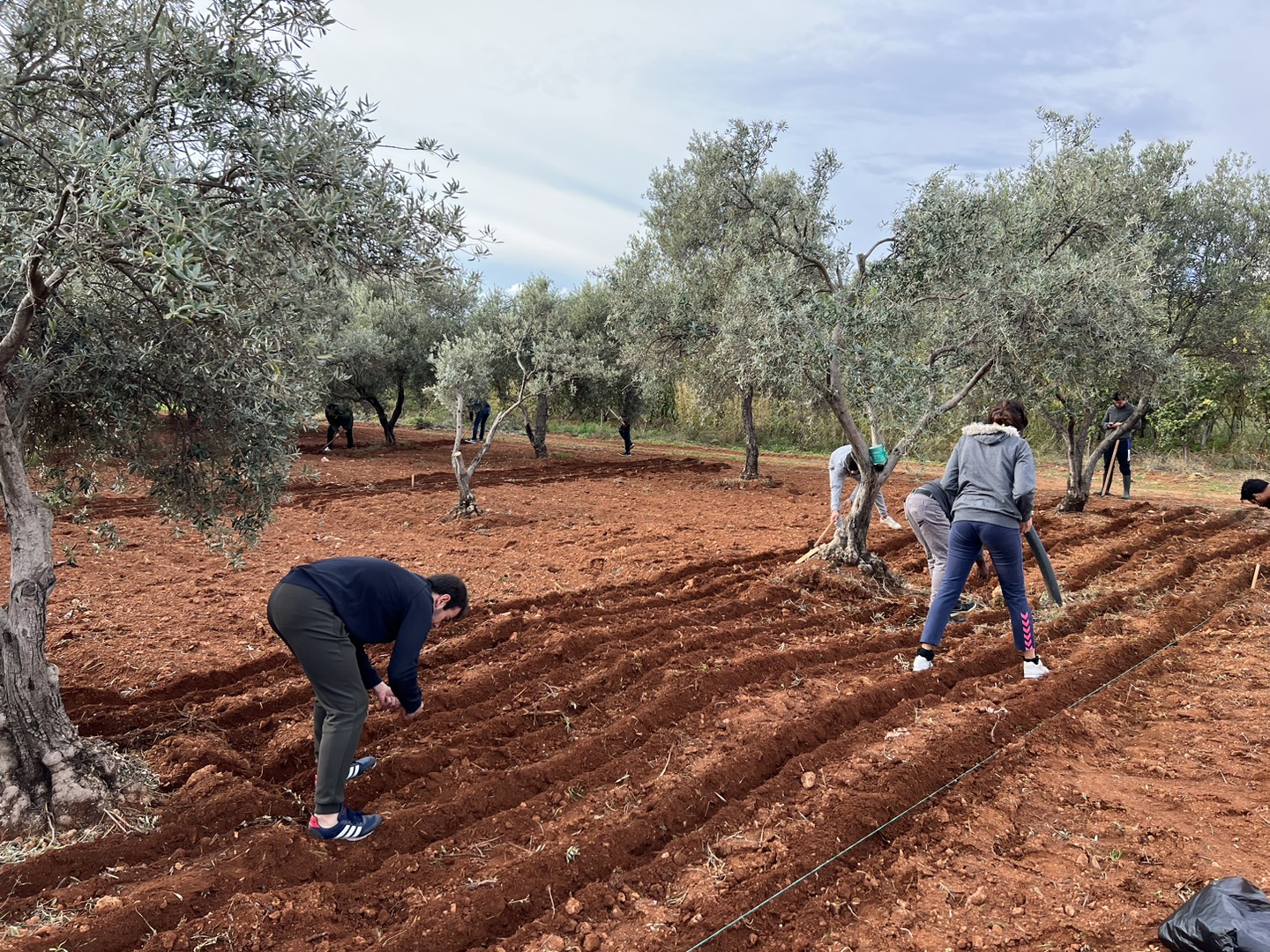
Work package 2: Intercropping investigations
Which effect does intercropping have on soil quality, water demand and crop yield? This will be investigated on an olive grove located in Turkey, where chickpeas and lentils will be sown in winter between the rows of olive trees, whereas peanuts will be used in summer.
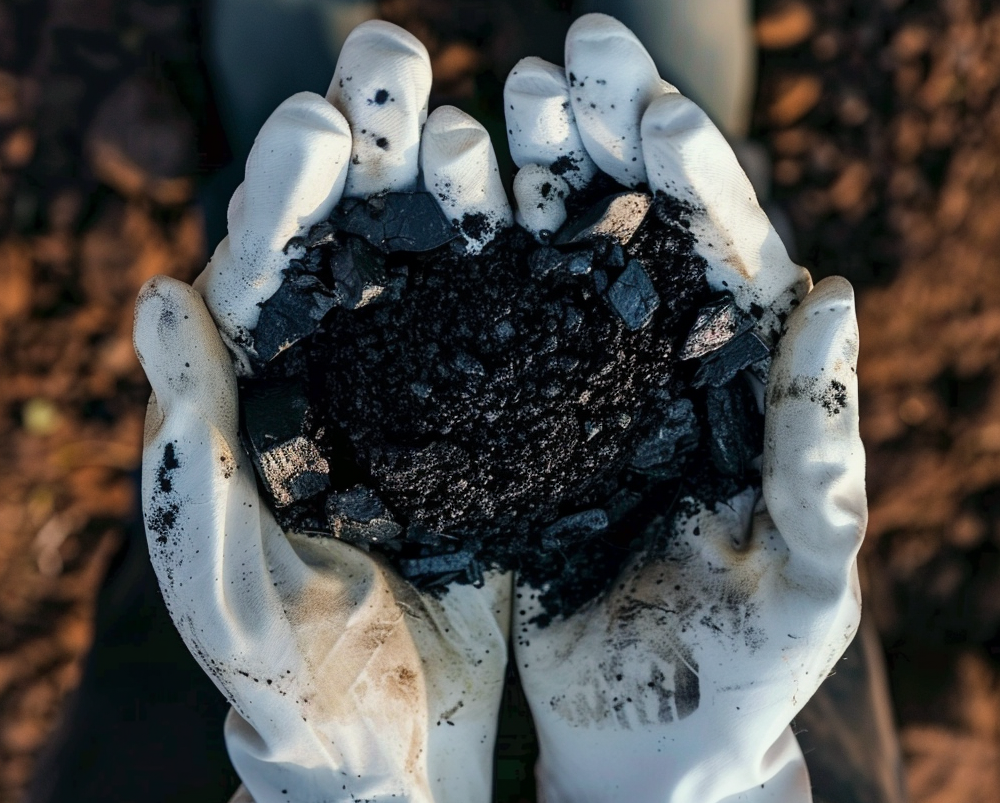
Work package 3: Production of biochar from residual biomass and solid digestate
Residual biomass resulting from the maintenance of olive and cork plantations and from the anaerobic digestion will be used for the production of biochar. Biochar is assumed to provide multiple benefits in the proposed concept: Firstly, it can be used for wastewater treatment in constructed wetlands and secondly, as soil amendment and both applications will be tested.
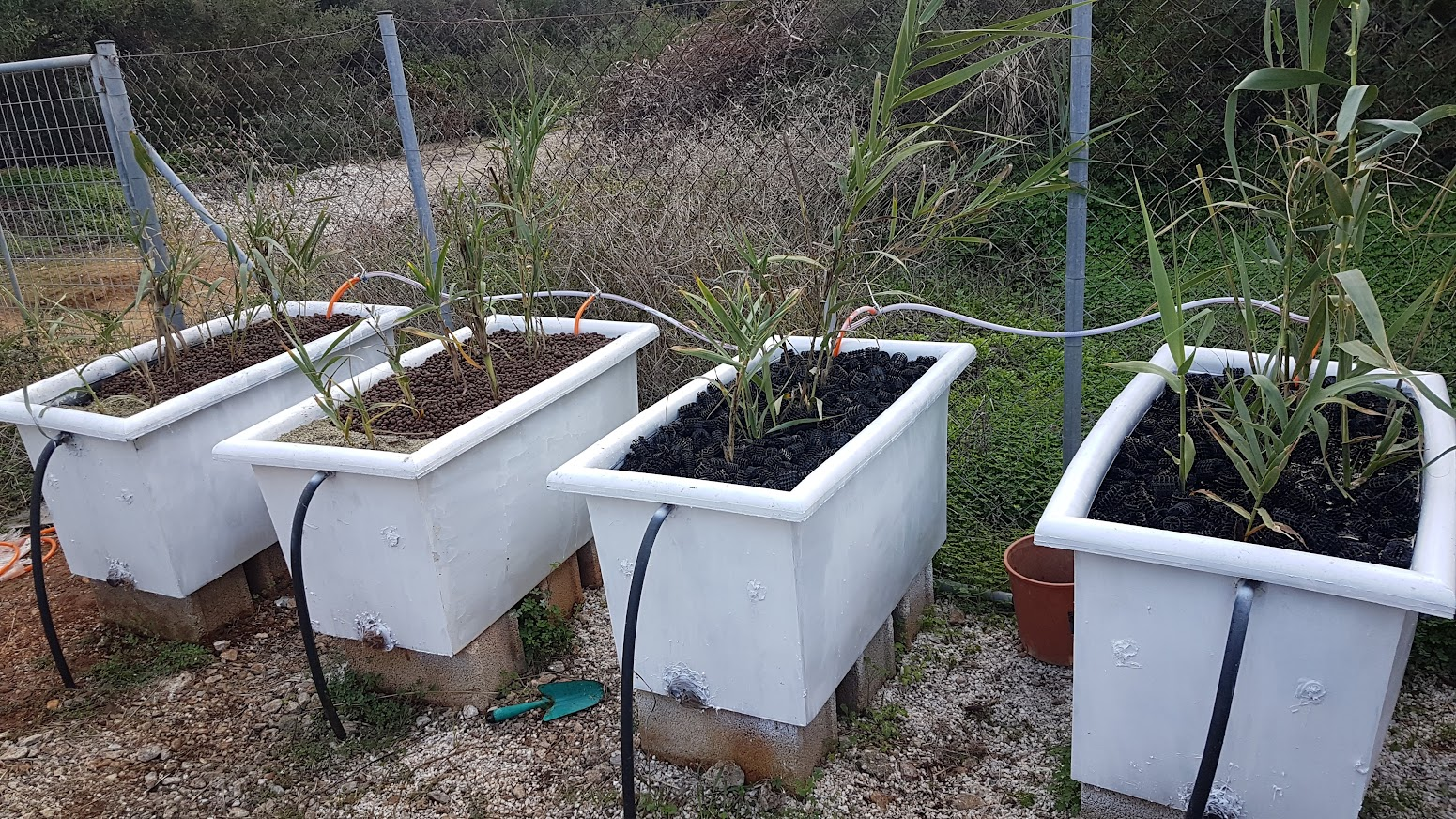
Work package 4: Wastewater treatment by constructed wetlands
Constructed wetlands represent an important element of the proposed concept, in that they are not only used as ecological method of wastewater treatment, but also provide biomass for further production of energy and valuable materials. They have several advantages: they can be operated with a minimum power input, have a simple and stable operation, are significantly less sensitive to fluctuations in wastewater generation and quality than conventional methods and are based only on natural materials and natural processes. They also serve as habitat for many animals, from insects to birds, and can therefore contribute to an increase in biodiversity. The olive oil and cork industries considered in this project generate polluted wastewater that cannot be returned to nature in this way. It is the goal of this work package to design, implement and test advanced constructed wetland concepts for treating these wastewaters.

Work package 5: Analysis of biomass, pretreatment tests at lab-scale, recovery/production of value-added by-products
Lignocellulosic biomass like reed has a very recalcitrant structure and needs to be pretreated in order to achieve enhanced biogas yields during anaerobic digestion Different pretreatment technologies will be applied within this work package in order to achieve this goal. During pretreatment, however, it is known that some of the components (especially hemicelluloses) in biomass are solubilized into liquid fraction and could be utilized as value-added products (e.g., prebiotics). Another task of this work package is to analyze the obtained liquids in terms of valuable products and develop separation and purification strategies and conduct application tests with the obtained products (e.g. antioxidant potential of purified phenolics, the effect of the purified oligosaccharides on the growth of different probiotic bacteria …).
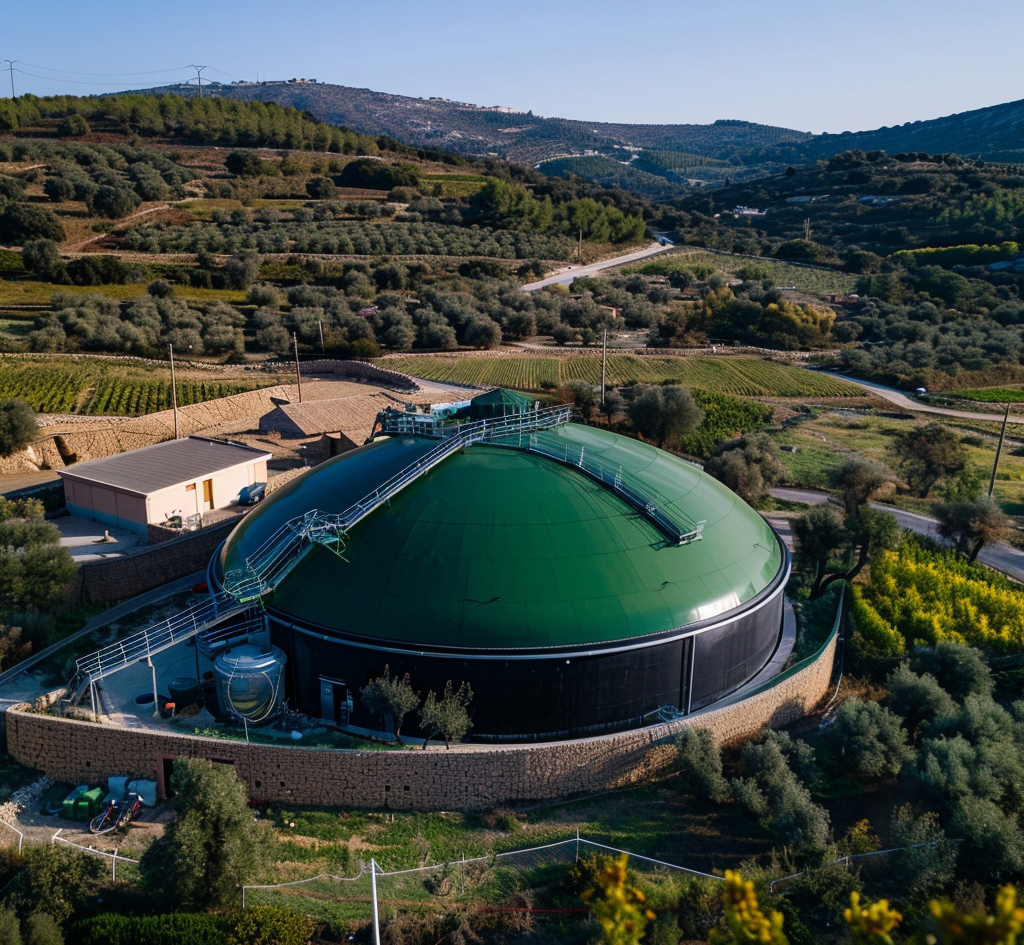
Work package 6: Anaerobic digestion of biomass in lab and pilot-scale
Anaerobic fermentation is a simple and attractive solution for residual biomasses that cannot be valorized in any other way. In this work package, it is the goal to screen the biogas potential of the different solid organic mass flows appearing within the frame of project (i.e. wastewater sediments, lignocellulosic agricultural/industrial residues and reed biomass grown in the constructed wetlands, also differently pretreated biomasses from WP 5). The anaerobic digestion of the most promising of these solid organic waste streams will be a scaled-up in a continuous pilot biogas plant.
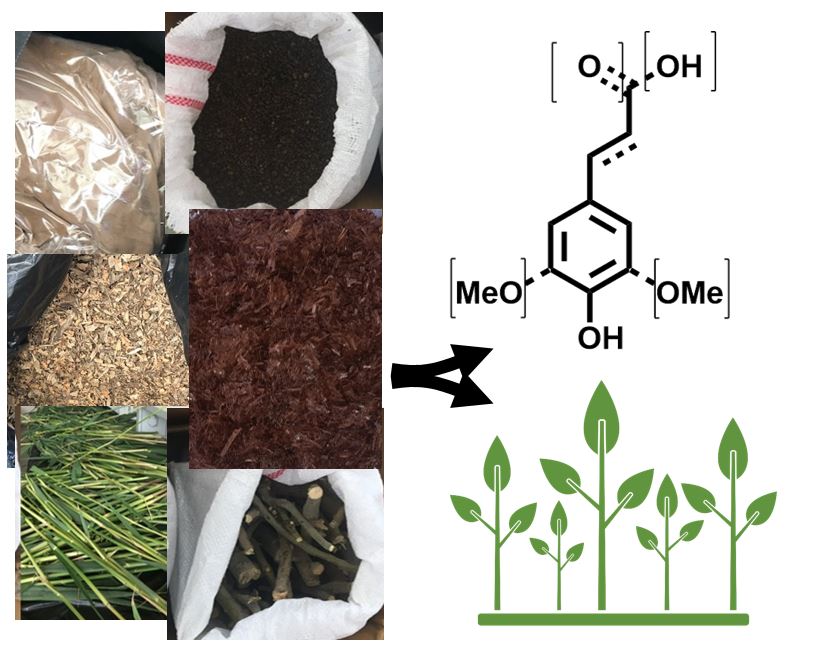
Work package 7: Valorization of the digestate and lignin-enriched residue streams
The digestate leaving the continuous biogas plant contains a liquid and a solid phase, which will be separated from each other. The liquid phase is predominantly recirculated to the biogas plant in order to save water; in part, it can also be applied as liquid fertilizer. The remaining solid, fibrous digestate can be used as a valuable material for various applications, as it contains mainly accumulated lignin and non-degraded carbohydrates. Three potential applications, the use for humus fertilization, for biochar production and the further valorization by upgrading lignin to biobased chemicals will be investigated within this work package.

Work package 8: Assessment, Dissemination and Communication
It is not the goal of the project to develop the agricultural practices with the highest yield at whatever price, but to develop a concept with high positive economic, ecological and social impacts. So it is the goal of this work package, to assess the investigated practices with regard to these parameters based on the project results in order to identify the most beneficial concept. And finally, the research is made to be applied. It is important for us to present the project results to the public and this website is a building block for this. But there will be others, such as public conferences and information material (please have a look at the Library, News and Events sections). And the flow of information should not only go in one direction, we also want to learn from you and would be happy to get in touch with you via this website, social media or at conferences!
